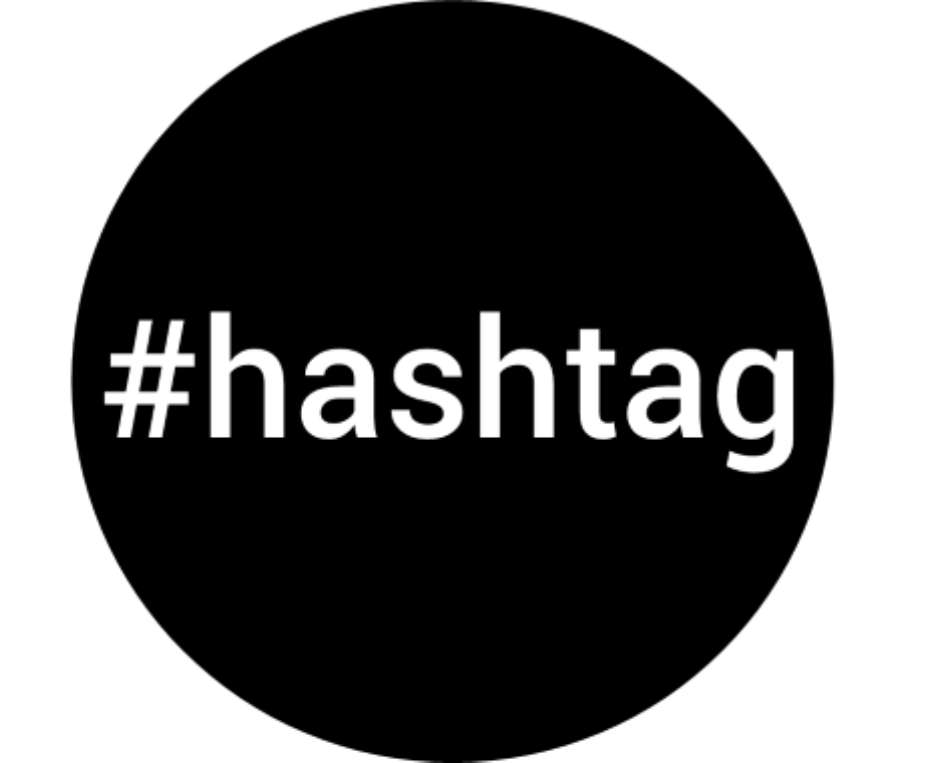
Hashtag marketing is a straightforward way for small businesses to reach more customers on social media. Put a pound sign in front of a key word or phrase in your post, and it will show up in search results for users interested in that topic. Tweets with hashtags get twice as much engagement (retweets, likes and comments) compared with those that don’t, according to Sprout Social
But not all hashtags are equally effective. To understand which ones are likely to get noticed, it helps to learn about the two major types of hashtags — branded and community — and how you might deploy them for your business.
Branded Hashtags. A branded hashtag is a hashtag that is unique to your business. It could relate to a product, special, contest or event. For example, Coca-Cola started the #ShareACoke hashtag when it introduced cans and bottles with people’s names on them. Events, such as South by Southwest, often introduce a hashtag that attendees can use if they post while they’re there, like #SXSW. The branded hashtag allows people to connect to the brand as well as each other.
Your business might choose a hashtag that spolights its most popular product or service — for instance, a boutique could create a hashtag referencing its annual sidewalk sale, or a restaurant could create a hashtag using the name of its most popular and uniquely named dish. To get a conversation going, use the hashtag on your own posts, as well as promotional materials such as business cards or ads. Remember to put it on slides whenever you’re giving a presentation.
Community Hashtags. Community hashtags are hashtags that connect people around a shared interest. For example, a tutoring center might use #SATprep, while a bakery might include #chocolatelover. Community hashtags can also be used to pinpoint your location. Instead of #taxhelp, for example, use #seattletaxhelp. The more specific you can get, the better engagement you’ll receive.
Identify the best community hashtags for your business by looking at hashtags used by your audience, your competitors, and leaders in your industry. Emulate the type of hashtags that touch off the most energetic conversations. It’s OK to try out a few different ideas to see what gets the biggest response.
Your social media marketing strategy should contain a mix of both branded and community hashtags — but don’t overdo it. On Twitter and Facebook, the best number of hashtags per post is one, according to the marketing analytics software firm TrackMaven. After that, engagement levels tend to decline. For Instagram, nine hashtags per post perform best.
Hashtag marketing can be a trial-and-error process. Get creative, measure your success and stick with the hashtags that deliver the best results.
Source: www.staples.com
